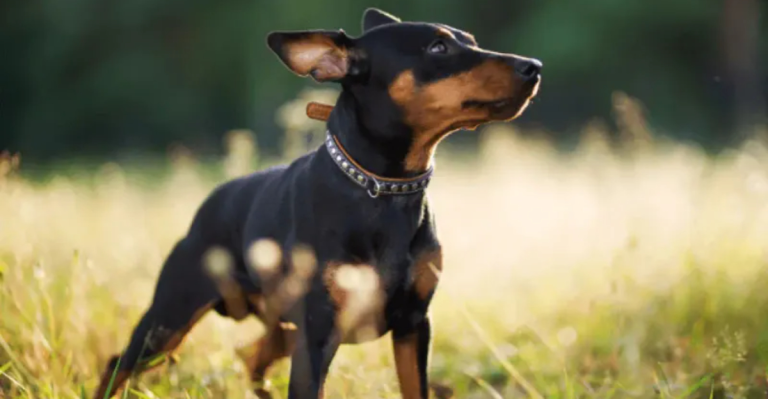Why Holding Off On Neutering Matters For These Dogs

The right time to neuter a dog can depend heavily on its breed. While early procedures suit some pups, delaying the operation can safeguard others against specific health risks. For these 15 breeds, veterinarians and breeders point to the benefits of waiting a bit longer before booking that appointment.
Rottweiler

Because Rottweilers grow slowly and are built tough, neutering them too soon might cause complications. Waiting allows their joints to strengthen and lowers the chance of hip dysplasia and some cancers, promoting better development.
Great Dane

Towering and magnificent, Great Danes need extra time to fully develop their frames. Experts caution against neutering before 24 months to prevent osteosarcoma and other bone conditions. A well-timed procedure also helps preserve their strength, balance, and overall structural integrity into adulthood.
Bernese Mountain Dog

Early neuter surgery can affect joint strength and raise the breed’s natural cancer risk. Waiting until age two allows full bone and hormone maturity. This timing may lower the likelihood of certain cancers and promote better long-term health in this large and vulnerable breed.
Boxer

Boxers face a higher cancer risk when neutered at an early age. Deferring the procedure helps lower that risk and supports proper bone structure and muscle strength. A mature body handles hormonal shifts better, which gives this powerful breed a stronger foundation for long-term health.
Doberman Pinscher

Doberman Pinschers face a higher risk of bone issues when neutered too early. Their fast growth demands careful timing to avoid long-term harm. Waiting until full maturity helps protect joint strength and supports a healthier, more stable build throughout the dog’s adult life.
Saint Bernard

To protect long-term health, Saint Bernards benefit from neuter surgery after full maturity. Early procedures may raise the risk of hip issues and fragile bones. Extra time for proper growth helps ensure stronger joints and better overall structure in this slow-developing giant breed.
Alaskan Malamute

Endurance and strength make the Alaskan Malamute a hardworking breed, but neutering them too soon can lead to joint issues. Experts recommend a later procedure to allow bones to fully form, which may reduce the risk of ligament injuries while maintaining their athletic build.
Cane Corso

Cane Corsi benefit from a neuter operation after full growth to support muscle development and joint health. Early procedures may increase injury risk and weaken their sturdy build. Allowing them to mature first helps maintain strength and agility throughout their adult life.
German Shepherd

Strong and stable joints are essential for this breed. Known for roles in police and military work, early neuter surgery can raise the risk of hip dysplasia. Instead, letting them reach full maturity can prevent skeletal issues and maintain the strength they’re famous for.
Labrador Retriever

Waiting to neuter Labrador Retrievers supports healthy joint development and lowers the chance of cranial cruciate ligament (CCL) injuries. Early neuter surgery can weaken joints and reduce their natural athletic ability, which these energetic dogs rely on for their active lifestyle.
Mastiff

Mastiffs are susceptible to ligament damage if neutered early. Holding off until they are fully grown to do the procedure can prevent joint instability and maintain their formidable strength. This can mean the difference between a healthy stride and a lifetime of pain.
Newfoundland

Neutering Newfoundlands too early increases their risk of ligament injuries. It is best to wait until they reach full maturity to protect joint health and lower the chance of common ligament tears like CCL injuries seen in large breeds.
Irish Wolfhound

The Irish Wolfhound grows at a fast pace, but early neuter operation can lead to joint issues. It is best to wait until around 24 months to protect bone strength and support a longer life. Proper timing also helps maintain the powerful structure of this giant breed.
Vizsla

Delaying neuter surgery lowers the risk of CCL injuries in Vizslas and helps preserve natural agility and strong joints as they mature. Early neutering can weaken ligaments and reduce athletic performance before the dog’s full physical development.
Weimaraner

Speed and grace are hallmarks of the Weimaraner, but early neutering can hinder their joint stability. However, allowing them to reach full growth before the procedure may prevent common ligament injuries and keep these agile dogs light on their feet for years to come.





